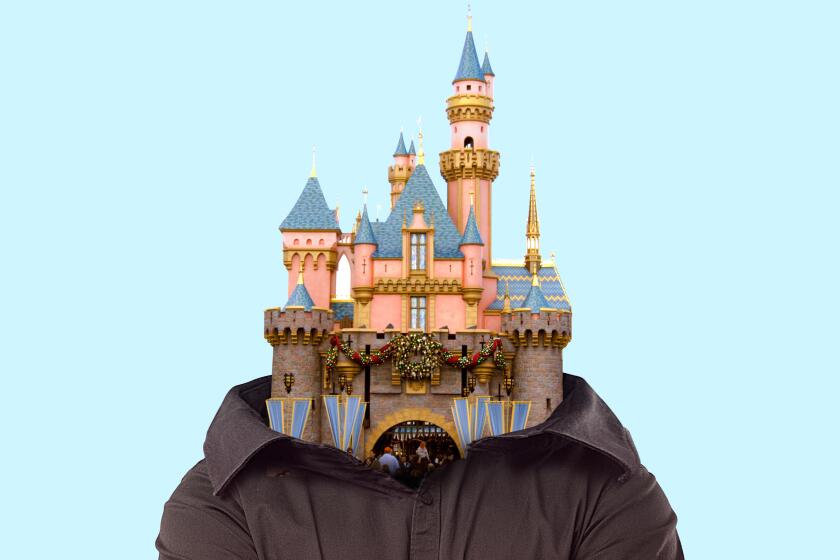Prehistoric Dream in New Zealand
In New Zealand’s Breaksea Sound, one of the longest fjords in the world, the coasts are steep, covered with forests and dripping with water. Calypso’s stern dug into the bushy tree branches. It was raining, unrelentingly. Halfway to the top of the high mountains above us, patches of fog clung to the slopes. Vertiginous waterfalls cascaded down drenched mountain peaks that merged with the sky. Water was everywhere.
It fell in raindrops. It hung in layers of fog. It soaked the forest, oozing out of the moss-covered ground, swallowing sap and rot. Then over the surface of the sound, it regurgitated a layer of yellowish and murky vegetal freshwater goo that floated on top of the deep and crystalline salt water.
I took our small seaplane to land and walked through the deep, vertical forest. I maneuvered through the mud, proceeding with caution in a silence broken only by the patter of rain, the crackling of rotting branches and the melodic songs of bellbirds.
There were evergreen beeches, shrubs with clustered leaves, and ferns everywhere--the dwarf kind, the creeping kind, but also the very tall and arborescent kind. Networks of moss covered the ground, the tree trunks and the rocks. Everything was spongy.
This welcoming forest, mild and soft to the touch, was defenseless against such animals as goats and deer. But scarcely two centuries have passed since humans brought goats, sheep, deer, rats and other mammals to New Zealand, that had otherwise evolved free of all mammalian life, free of the need of defense.
I removed my gloves and found that, in contrast to the Amazon forest, here nothing prickled, nothing stung, nothing irritated the skin. There were no scorpions, no snakes, no tarantulas, no biting ants. And, except for perhaps an occasional tiny white orchid, obviously of recent date, even as I searched, all around me, I saw no flowers.
I leaned on a forked tree limb and fell under the spell, escaping from the present world and traveling back in time, relying on daydreams as fragile as the half-rotten branch that supported me. Mystery, like the water, flowed everywhere.
I traveled back some 70 million years, when New Zealand broke away from the supercontinent of Gondwanaland that eventually divided into the continents of our time. I pictured New Zealand as a ship that broke loose from its parent, drifting, lashed by tremendous volcanic storms, constantly reshaped by the whim of shifting tectonic plates. The dinosaurs never invaded the region that would become this vessel, and so the castaway forests had not developed defenses against the formidable plant-eaters that most dinosaurs were.
Then I travel back perhaps 130 million years, just before the appearance of the first flowers. This time I set foot on Gondwanaland itself to witness the havoc the dinosaurs wreaked on plants of all kinds. The vegetation had armed itself to no avail with ridiculous prickles to ward off the teeth of the brontosauruses and other diplodocuses. When the flowering plants did appear, they managed to survive because of their rapid reproduction. And these plants not only produced perfumes, but alkaloids and tannins--odors and bitter chemicals capable of discouraging most herbivores.
With that, I then fantasize that flowers could have caused dinosaurs to starve and vanish. I picture, with a smile, a giant brontosaurus spitting out a tender flower.
Sign up for The Wild
We’ll help you find the best places to hike, bike and run, as well as the perfect silent spots for meditation and yoga.
You may occasionally receive promotional content from the Los Angeles Times.



